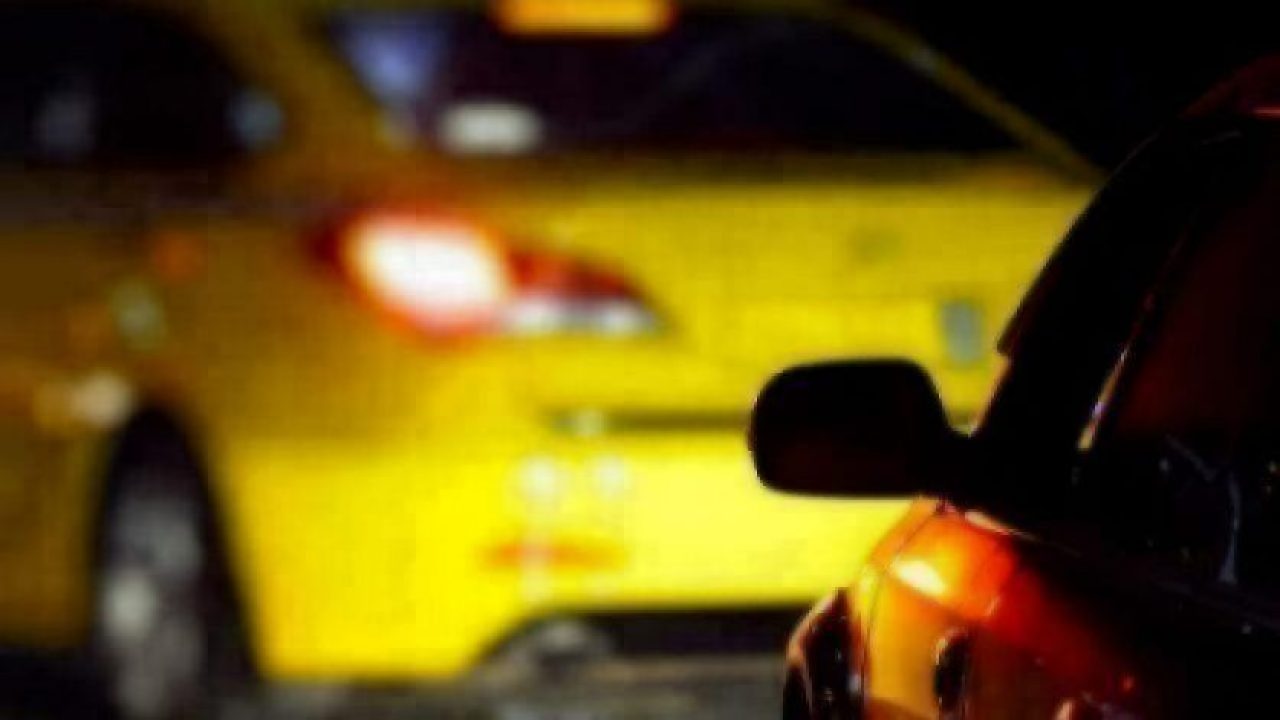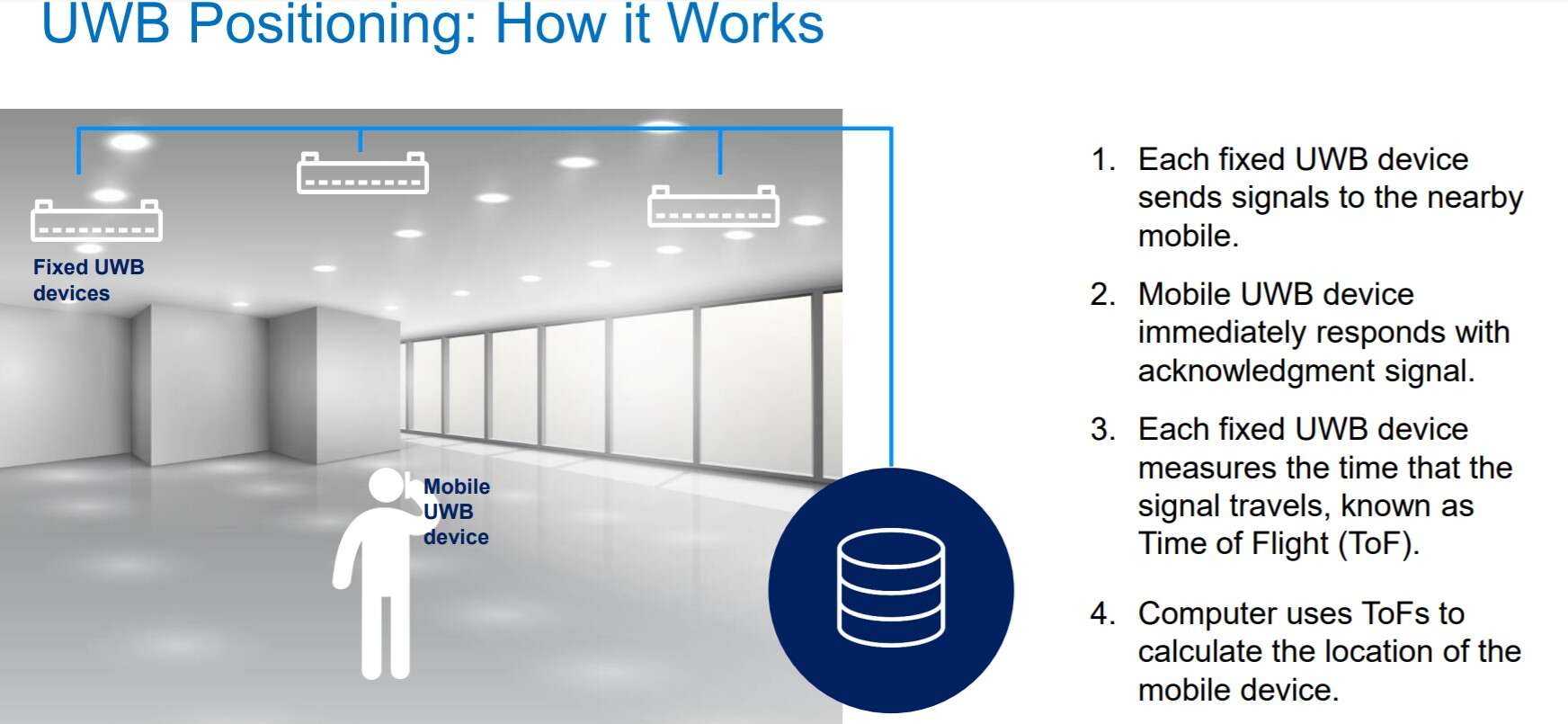Ultrawideband Technology to Tackle Relay Theft
Article By : Nitin Dahad

Volkswagen and NXP unveil first concept car to use ultrawideband technology, claiming that its spatial accuracy and low latency makes it virtually impossible to carry out relay theft.
HAMBURG, Germany — NXP Semiconductors N.V. and Volkswagen have unveiled their first concept car utilizing ultra-wideband (UWB) technology, showing off what is considered one of the major benefits of the technology — the ability to combat relay theft protection, one of the biggest problems with keyless entry systems in modern cars.
As indicated earlier this month when the FiRa consortium was launched, the ability to precisely determine spatial information with extremely high accuracy down to just a few centimeters and with low latency makes UWB, or fine ranging technology, ideal for security and especially keyless access systems.
At the launch this week, Lars Reger, chief technology officer for NXP, explained this further. “We use UWB to measure the time of flight. So, if you have a key in your pocket and you are approaching your car, the car can exactly measure the travelling time of a signal between the key and the car, and therefore determine how far away you are.” This means if the key is say, sitting in a building and someone is using a relay device to bridge the signal between the key and the car in order to break in to the car, then since the time of flight measurement indicates the true — precise — location of the key, the car will recognize the key is not nearby and will not allow the car to open.
Reger adds, “As it is using the speed of light, you cannot cheat it. There are other mechanisms used in the past, but this one is the most robust and most ‘un-cheatable’ system that we know so far. UWB enables super accurate positioning and is super energy-efficient. This is the first time we are able to show tangible results and products, and the consumer ecosystem is gaining momentum.”

The Volkswagen Arteon model used for the concept car launch in Hamburg incorporates five UWB tags and two variable tags, which took around 12 months to develop. The initial features it was set up to demonstrate were theft protection, automated trailer hitch activation and in-cabin passenger detection. Future features that could be enabled using UWB include automated valet parking, hands-free parking lot access and drive-through payment.
One particular feature both Volkswagen and NXP were keen to demonstrate is walking pattern recognition for car access: in the concept car, the Volkswagen UWB car key uses high-precision sensing technology and artificial intelligence (AI) to learn personalized user gestures. So, if there’s a particular movement you want to use to unlock the car, then you can train the car to recognize it.
Maik Rohde, head of body electronics at Volkswagen, said that in VW's collaboration with NXP, the first UWB application is theft protection. “We think UWB is the only tech that can protect the car against relay theft protection. Precision spatial context is the key feature. This next security milestone will be implemented in volume Volkswagen car models starting this year.” He told EE Times that the brand new car incorporating UWB for theft protection will be shown at the Frankfurt Motor Show in September 2019, with production starting later this year
He added, “But this is only the beginning. UWB, especially when combined with high-precision sensors and AI, can deliver further benefits. In fact, the car can even become a payment mechanism itself based on the accurate positioning capability.”
NXP said developers of applications in a broad range of markets, including mobile, automotive, internet of things (IoT) and the industrial space have been actively seeking a secure, fine ranging technology that delivers precise outdoor and indoor localization. “UWB meets these requirements and is a clear enhancement compared to existing wireless technologies such as Wi-Fi, Bluetooth and GPS. Its ability to process contextual information such as the position of the UWB anchor, its movements, and distance to other devices with an unprecedented precision of a few centimeters in real-time, will enable a host of new and exciting applications.”
Reger commented, “We see enormous potential in UWB. As a co-founder of the FiRa Consortium we do not only work on enhancing the technology but are also helping to drive the standardization and new use cases. A potential application that I personally find very compelling: UWB could replace the key ring for your home, office or car.”
In addition, he said, “We are working very closely with Volkswagen on launching new use cases with ultrawideband technology. Outside of the automotive ecosystem we are expecting 75 billion smart connected devices in 2025. Now, to interact with all these smart connected devices in an easy way, how can I do this? Well tell these devices who I am in an un-cheatable way, and where I am by the centimeter. Then these devices can start reacting to me, adjusting the environment to my preferences without me taking manual action.”
Subscribe to Newsletter
Test Qr code text s ss


